Listen to This Article:
One of the great things about a career in baking and pastry arts is that there is always something new to learn! Once you’ve perfected basic tasks like creaming butter and sifting flour, you can move on to more advanced baking techniques.
Exploring these new skills can provide you with a challenge, and expanding your repertoire can also make you a more competitive candidate in the field. So if you’re looking to up your pastry chef skills, spend some time practicing these six advanced baking techniques.
1. Caramelizing Sugar
Whether you’re making caramel candies or a caramel frosting, turning sugar from white to golden brown is the first step. While this may seem like a simple skill, the precision required to monitor and control the sugar’s temperature means caramelizing sugar is an advanced technique. If you heat the sugar to too high of a temperature it will burn, but if you don’t heat it enough, the color will be lighter than desired.
After you practice caramelizing sugar until it reaches the proper color, you can explore using this sugar to make both soft and hard caramel candies, caramel sauce, and more.
2. Laminating Dough for Flaky Pastries
Knowing how to laminate dough is essential if you hope to make viennoiseries like croissants and pan au chocolate as well as puff pastry.
While crafting cakes, cookies, and other baked goods involves thoroughly mixing butter and other ingredients, laminating dough involves folding butter in with the rest of the dough. The end result is repeating layers of dough and butter that lead to a flaky texture when baked.
Two keys to successfully working with laminated dough are patience and temperature control. The layers need to rest between folds, and the butter must be kept cold to achieve flaky layers.
3. Working with Naturally Leavened Dough
When it comes time to make bread, many bakers turn to commercially available yeast to make the dough rise. Since this yeast is produced in large batches, it’s uniform and predictable, which makes learning how to bake bread a bit easier.
However, some bakers forgo using this packaged product and instead turn to the native yeasts present in their environments. By capturing the yeast floating around your kitchen or home, you can create a starter that can then be used to produce loaves of bread, cinnamon rolls, bagels, and other naturally leavened products.
Since yeast strains vary depending on the location, you’ll need to practice patience as you learn how your particular yeast works. While it can take some time to learn how long to proof and bake a naturally leavened loaf, the results are one-of-a-kind products that are often more flavorful and more digestible than their commercial yeast counterparts.
The Essential Culinary Career Survey The Essential Culinary Career Survey What's your ideal culinary career: Fine dining? Your own restaurant? Pastry? Get our self-evaluation survey to find out! We’ve compiled a checklist of all of the essential questions into one handy guide: career options, culinary interest surveys, educational opportunities, and more.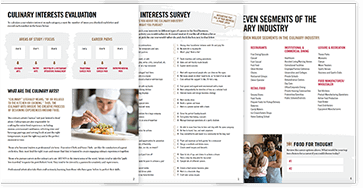
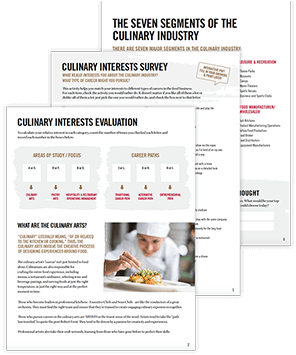

4. Tempering Chocolate
No matter if you work in the cake decorating business, craft desserts at a hotel, or dream of becoming a chocolatier, tempering chocolate is one technique every pastry chef should be familiar with. Tempering involves heating chocolate and then cooling it back down so it hardens to form an irresistible shine and clean snap.
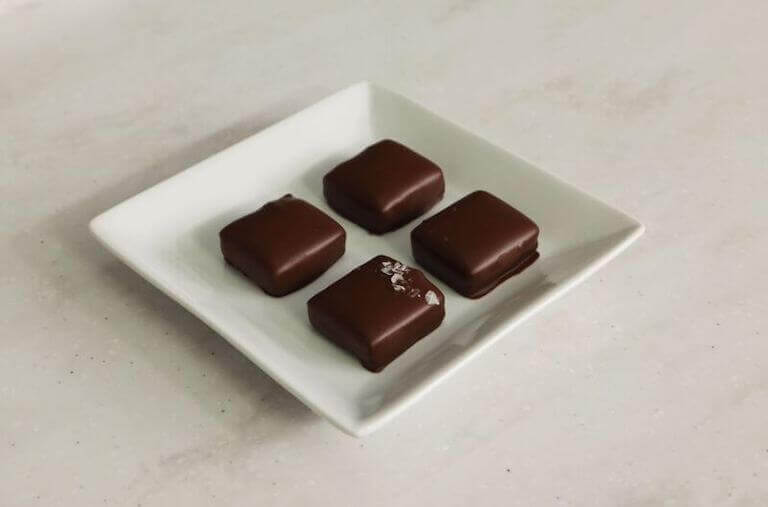
If you improperly temper chocolate, you may end up with unsightly white dots known as bloom, as well as a friable finished product. However, proper tempering will allow you to use chocolate to create shiny chocolate-coated truffles, piped chocolate garnishes, and irresistible molded chocolates.
5. Piping with Accuracy
Filling a piping bag with icing and creating lines or dots may seem simple, but if you’ve ever seen a cake covered with crisp rosettes or perfectly straight lines you know the value of refined piping skills.
Since piping is a largely physical task, spending time practicing your piping skills can lead to a big payoff. As your hands and arms become trained to hold the piping bag without shaking, you’ll be better able to create precise lines, shells, roses, and more.
6. Making a Coral Tuile
Most pastry chefs are familiar with the crisp, thin, rounded French cookies known as tuiles. However, not everyone is familiar with the modern spin-off known as a coral tuile.
These thin cookies are made much like traditional tuiles, but the final product is a lacy, sweet wafer that can be used to garnish everything from cake to panna cotta.
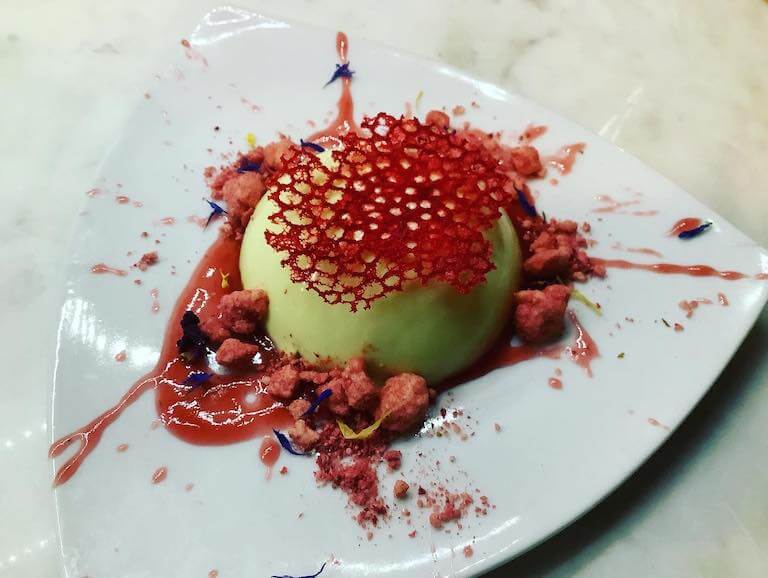
Lemon basil panna cotta, strawberry coulis, strawberry milk crumb, and coral tuile made by Escoffier Pastry Arts student Jen H.
Bonus: Baking with Flour and Dairy Alternatives
Every pastry chef knows the beauty of baked goods—the flaky layers of a perfectly laminated croissant, the silky smooth richness of a chocolate truffle, and the balance of flavors and textures in an apple crumble. However, not everyone can enjoy these foods in their original form.
Specialized diets like vegan, gluten-free, and low sugar can limit some individuals from eating a traditional pan of brownies or layer cake. But that shouldn’t mean they have to forgo bread and sweets entirely!
As you advance as a pastry chef, you may want to consider finding ways to adapt popular recipes to fit these specialized diets, which are becoming more commonplace. This could involve swapping ingredients like dairy and wheat flour for soy milk and oat flour as well as incorporating new ingredients such as xanthan gum.
While adapting these recipes can take some fiddling, students in Escoffier’s Plant-Based programs illustrate what’s possible. Throughout their programs, they may create stunning plant-based items such as dairy-free ice cream and tender scones. Plus, knowing how to bake for specialty diets can set students up to market themselves with this skill and carve a niche that could be attractive to hiring managers.
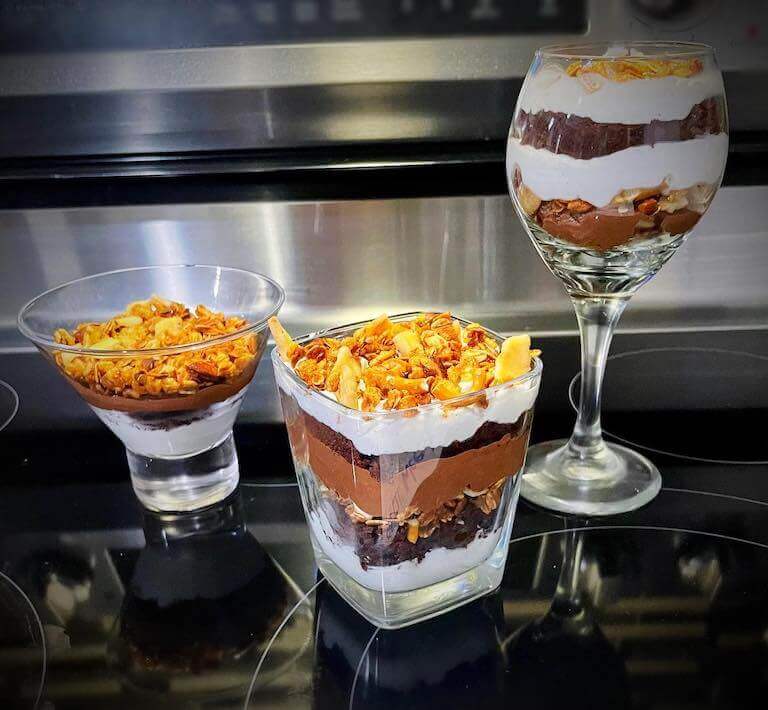
Vegan verines by Jessica P., Escoffier Pastry Arts student
Never Stop Advancing Your Pastry Skills
No matter where you are in your pastry journey, there’s always something new to learn! While exploring new techniques on your own is one way to expand your skill set, sometimes it helps to have the guidance of professional chefs.
Escoffier’s baking school programs are taught by Chef Instructors who have worked as executive pastry chefs, created award-winning cake designs, and run their own businesses. These professionals work with students to share their knowledge and help students achieve their full potential.
If you’re interested in advancing your skills in baking & pastry school, contact us today to learn more about our programs.
Learn more about baking and pastry arts:
- Seven Best Pastry Arts Books According to Professional Chefs
- What Can You Learn in Baking School?
- Six Skills Every Baker Should Have
*Information may not reflect every student’s experience. Results and outcomes may be based on several factors, such as geographical region or previous experience.
This article was originally published on June 28, 2018, and has since been updated.

